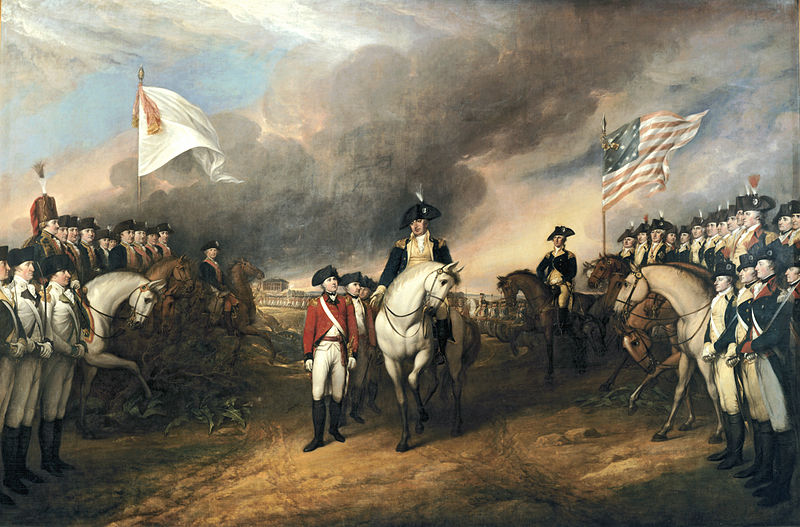Wars start because of power struggles, and while many become forgotten, others change the destinies of entire nations. Still others shape the world we live in, for better or for worse. The following ten are the ones that still define our lives today.
1. Battle of Vienna
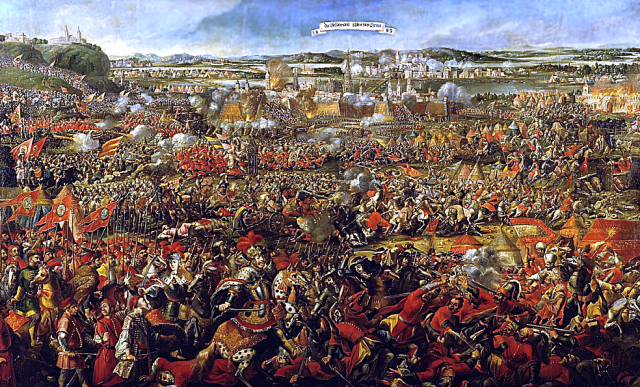
In 1529, the Ottoman Empire failed to take Vienna, so they tried again in 1683. Leading them was the Grand Vizier Merzifonlu Kara Mustafa Pasha with his Hungarian and Transylvanian allies.
Opposing him was the Holy Roman Emperor Leopold I, who made an alliance with the Polish-Lithuanian Commonwealth, Venice, and the Papal States. As the Ottomans approached on July 7, Leopold fled, leaving the city to Count Ernst Rüdiger von Starhemberg and 15,000 soldiers.
The siege began on July 14, starving out the defenders till the Poles crossed the Danube on September 6. The other allies arrived, ending the siege on September 12. Thus ended Ottoman incursions into Western Europe, and the start of the Habsburg domination of southern Hungary and Transylvania.
2. Battle of Gravelines
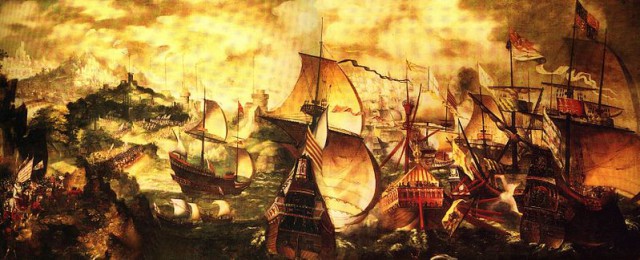
Queen Elizabeth I’s ascent in 1588 marked the start of Protestant rule in England. Since the country was still predominantly Catholic, however, and was surrounded by richer and more powerful Catholic nations, her grip was tenuous.
To return Catholic power to Britain, King Felipe II of Spain invaded with 130 ships. The battle began on 29 July 1588 off Plymouth, with the British avoiding close combat, preferring to use cannon and firearms, instead. British ships were also smaller and more maneuverable, so on August 7, the Spanish fleet retreated.
While the Spanish remained a threat, the British won a psychological victory against Spain’s “Invincible Armada.” Elizabeth’s popularity rose, Protestantism became the official religion, and the beginnings of British naval superiority were laid.
3. Battles of Lexington and Concord
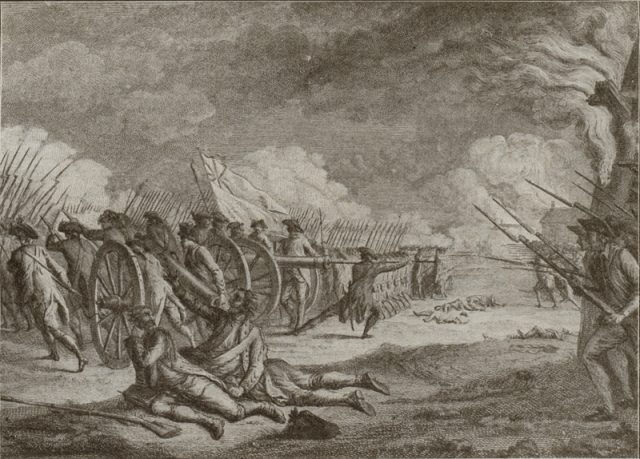
As calls for independence from the British Empire grew in the American colonies, Britain fought back. On 19 April 1775, Lieutenant Colonel Francis Smith led 700 British troops into Lexington on a raid to seize weapons and capture the leaders of the insurgency: Samuel Adams and John Hancock.
Armed militias known as the “Minutemen” knew about the warrants, however, and began moving their weapons stashes to other places. Others stayed and rather than face arrest, fought back. But they were outnumbered, so they fell back to Concord and split up.
Word spread and more fighting took place in other towns. British forces retreated to Boston, beginning the siege which ended in March, and setting the stage for eventual American independence.
4. Battle of Yorktown
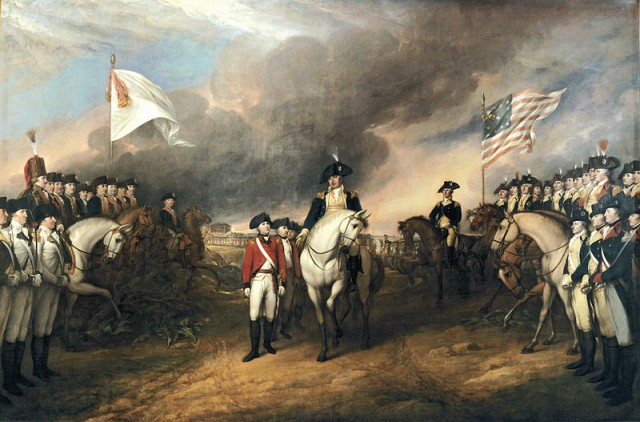
Although America declared its independence in 1776, Britain was still ensconced in various regions. The French navy nullified the threat from the sea, but New York City and Yorktown, Virginia remained tenuously under the British.
In 1780, the French also nullified New York, so General George Washington was able to lead the American Continental Army to Yorktown to deal with British Lieutenant General Charles Cornwallis. With Washington was a French contingent led by Comte de Rochambeau.
A Spanish fleet prevented the British navy from rescuing Cornwallis while the Americans and French besieged Yorktown. On 14 October 1781, they destroyed the city’s outer defense positions, forcing Cornwallis to finally surrender on October 19, and Britain to sue for peace. This victory would also inspire the French Revolution.
5. Battle of Trafalgar
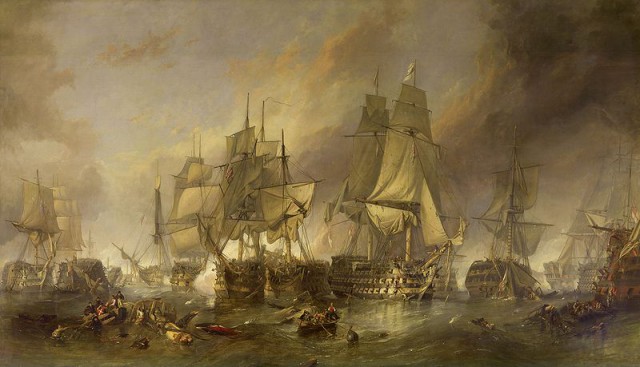
Up until the late 1700s, Britain, France, and Spain were the world’s superpowers. Then Napoleon conquered much of Europe, but while he controlled most of the continent, Britain dominated the seas and imposed a blockade on France. To end it, a joint French-Spanish fleet tried to destroy the British navy so they could mount an invasion of Britain.
Admiral Viscount Lord Nelson led the British Royal Navy and met the French and Spanish fleets off the southwestern coast of Spain at Cape Trafalgar on 21 October 1805. The British won with just 458 dead (with Nelson among the casualties), while their enemies lost 3,243 men.
This was the starting point for Britain’s dominance, and explains how English became the world’s primary language.
6. Battle of Leipzig
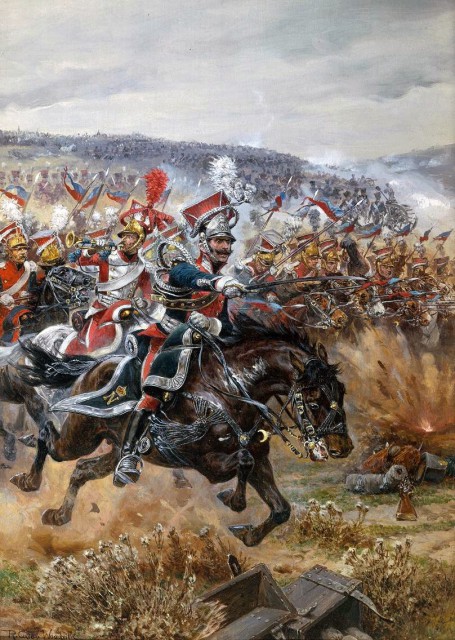
Although Napoleon’s final defeat occurred at Waterloo, the Battle of Leipzig was his first loss in combat. It was so devastating that it also became known as the Battle of the Nations. In its aftermath, over 90,000 men died, the greatest casualty rate Europe had ever seen till WWI.
After Napoleon’s retreat from Russia, Russia joined forces with Austria, Prussia, Sweden, Saxony, and Württemberg to create the Coalition to end Napoleonic domination of the continent. Württemberg and Saxony originally sided with Napoleon, but they switched sides, leaving only Warsaw, Italy, and Naples to side with France.
The battle began on 16 October 1813. By October 19, Napoleon had lost and retreated to Paris. The Coalition followed and exiled him to Elba.
7. Battle of Antietam
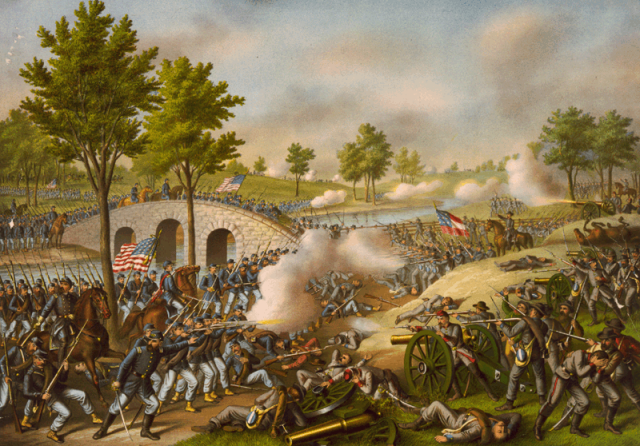
Also called the Battle of Sharpsburg, it’s considered to be the first major skirmish of the American Civil War, as well as the bloodiest one-day conflict in American history. On 17 September 1862 Union Army Major General Joseph Hooker’s men attacked Confederate General Robert E. Lee’s left flank beside the Antietam River near Sharpsburg in Maryland.
The Union army separated the Confederate forces, but did not press their advantage. Union Major General Ambrose Burnside joined the fray, attacking the Confederate army’s right, but were driven back by Confederate General AP Hill. The Confederates eventually retreated to consolidate their forces after losing 1,546 men.
Although the Union lost 2,108 men, they declared themselves the victor, encouraging President Lincoln to sign the Emancipation Proclamation.
8. Battle of Gettysburg
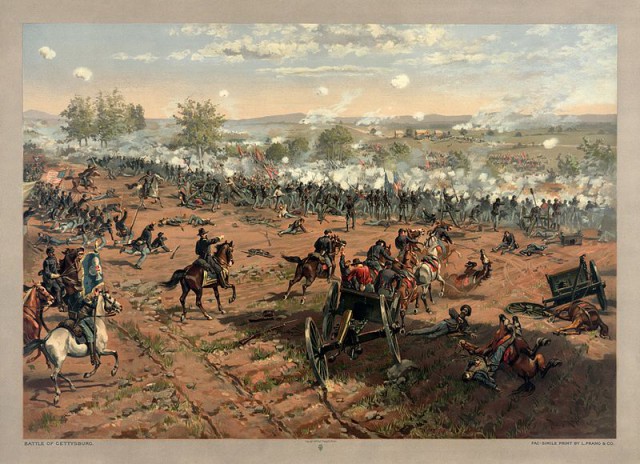
This is considered to be the turning point in the American Civil War and was the bloodiest conflict in American history. More died in this battle than they did in all the others which made up the war.
In May 1863, Confederate General Robert E. Lee led his army north to attack Pennsylvania and Philadelphia in Union territory. He was met by Union Major General George Meade at Gettysburg, Pennsylvania on July 1. The first two days seemed to favor the Confederates but by July 3, they were retreating back to Virginia.
It’s believed that some 46,000 to 51,000 from both sides died in the fighting. It was commemorated by President Lincoln with his famous Gettysburg Address, which justified continuing the war.
9. Battle of Britain
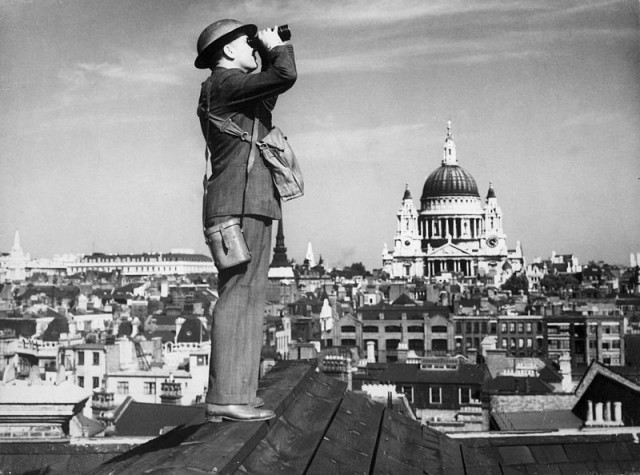
WWII began in 1939 when Germany invaded Poland. By the end of june 1940, Denmark, Norway, Belgium, The Netherlands and Luxembourg were under German rule, while France was divided in an occupied and an unoccupied zone.
To knock it out of the war, Germany launched an aerial assault to destroy British military and industrial facilities, thus beginning the Battle of Britain on 10 July 1940. The first purely aerial war ended on October 31, resulting in an estimated 40,000 British civilian deaths and the destruction of many of its cities.
But Britain didn’t buckle, draining limited German resources, reducing its number of pilots, and eventually turning the tide against Germany.
10. Battle of Huaihai
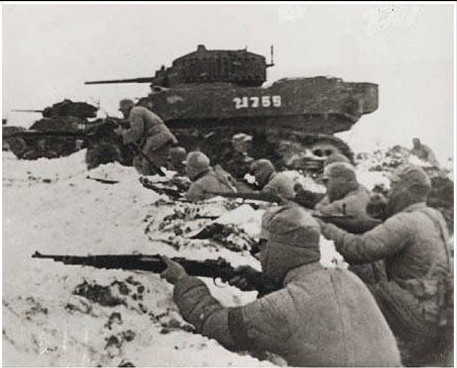
As China collapsed in the early 20th century, two powers rose to prominence: the Chinese Communist Party and the Nationalist Party (the Guómíndǎng). In 1936, they put aside their differences to deal with the Japanese, but it was an uneasy alliance.
With Japan’s defeat in 1945, the two parties began fighting the following year, culminating in three major campaigns that collectively became the Chinese Civil War. Things peaked on 6 November 1948 as the Communists pushed the Nationalists out of the provinces of Shāndōng, Jiāngsū, Ānhuī, and Hénán. By 10 January 1949, it was all over with almost 600,000 dead on both sides.
The Nationalist’s leader, Jiǎng Kaishèk, fled to Taiwan in December 1949, where he set up the Republic of China.
